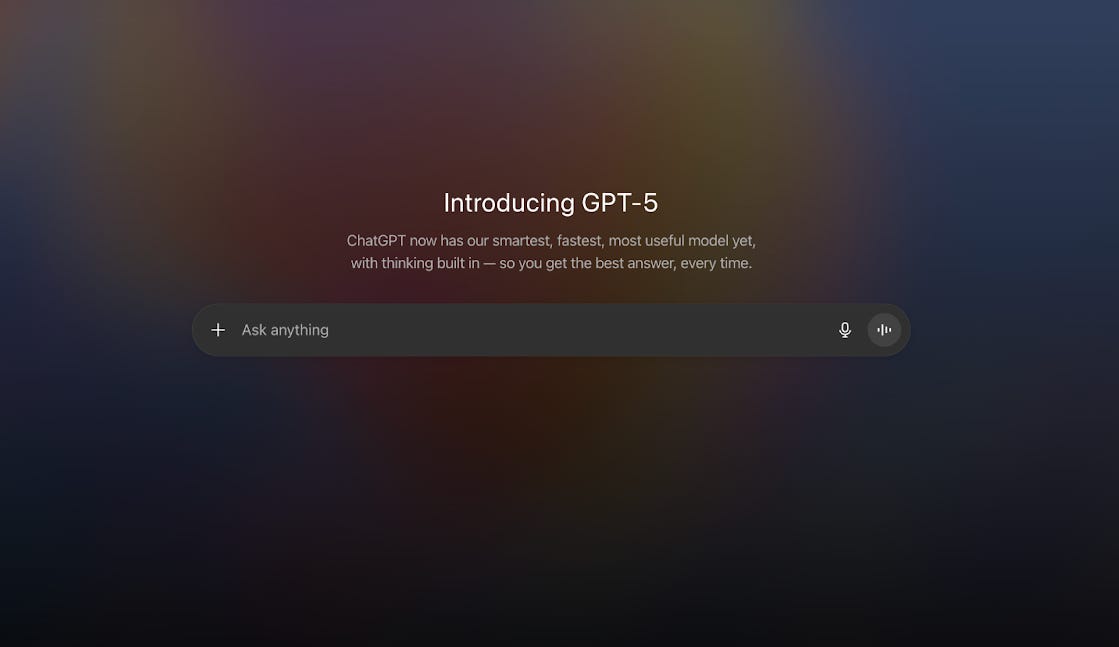When OpenAI rolled out GPT-5 yesterday, the company described it as a big leap in capability and safety. The launch blog stresses new safety training techniques and vastly improved factual accuracy. GPT-5 does score significantly better on benchmarks and halves the hallucination rate of GPT-4o. But many users quickly voiced concerns: on Reddit and X. Thousands complained about missing old models, stricter rate limits, and a more generic tone. In this post we’ll unpack GPT-5’s new safety features, how it technically differs from the previous GPT-4o model, and summarize user feedback and controversies around the update.
OpenAI says GPT-5 reinvents its safety architecture. The main feature is a shift from binary refusals to safe completions. Instead of simply saying no to any risky request, GPT-5 is trained to give the most helpful answer where possible while still staying within safety boundaries. In practice, this means GPT-5 can partially answer a sensitive question or give high-level advice (for example in medical or security domains) without handing out dangerous details. The model also explicitly explains why it can’t do something if it must refuse, and offers safer alternatives. This approach navigates edge-cases more effectively, avoiding unnecessary blanket rejections.
Here are other key safety features launched with GPT-5:
Factuality and Honesty: GPT-5 is trained to “fail gracefully” on impossible or unknown tasks. In testing, its answers contained far fewer factual errors than GPT-4o.
Multi-layered defense: OpenAI built continuous content filters and reasoning monitors that check outputs for policy violations in real time, alongside the model’s own training. OpenAI also spent 5k hours redteaming their models as stated under its preparedness framework.
Biotech and Biothreat Safeguards: OpenAI treats GPT-5 as high risk for CBRN (Chemical, Biological, Radiological, and Nuclear) capabilities. Essentially, GPT-5 should refuse or avoid fully answering any query that could potentially be dangerous.
Reduced Sycophancy and Safer Tone: In April 2025, OpenAI released an update to GPT-4o that would make it overly sycophantic. This meant that the model would overly praise users, leading to adverse outcomes, such as AI-induced psychosis. GPT-5 promises to fix this problem. However, OpenAI has received major backlash for destroying the personality of ChatGPT with their new model. More on that later.
Along with these safety improvements, GPT-5 has many differences from GPT-4o from a technical standpoint:
Unified model routing: Before GPT-5, users had to deal with the frustrating experience of choosing their model: they had to pick from GPT-4o, 4.1, 4.1-mini, o3, o4-mini, and o4-mini-high. Now, users simply have to choose from GPT-5 and GPT-5-thinking, improving the user experience.
Capability and Efficiency: Obviously, OpenAI has made major progress on both fronts with this new model. You can learn more here
Fewer Hallucinations: OpenAI cites a ~45% reduction in factual mistakes compared to GPT-4o, and this has been generally confirmed by independent tests.
While GPT-5 clearly has many improvements compared to previous models, it has faced significant user backlash:
Tone: Many users have commented on GPT-5’s loss of supposed “friendliness”. In my brief testing, I noticed the same: talking to GPT-5 felt more like talking to a counselor than a true friend that is always there for you.
Style: OpenAI has significantly changed the style of ChatGPT. While older responses felt natural and easy to follow, current responses feel bland and lacking. One of my favorite features used to be the emojis at the start of every bullet point/section, as they made it easier to read a response and follow along. Some other great features that have been removed were the large and bold headings as well as the lines that separated sections.
Rate Limits: For plus users, GPT-5 has a limit of 200 thinking messages/week. Before this, users had a significantly higher message cap due to the large number of models available. Many plus users feel they have been downgraded with this new release.
In short, many longtime users are nervous, sparking concern over OpenAI’s longtime lead in the AI industry. That said, it’s worth remembering the divide: some power users may prefer GPT-5’s efficiency and accuracy over the social “friend” vibe. But for the average user who loved tinkering with GPT-4o and trying fun prompts, the transition has indeed felt rocky.
Overall, GPT-5 introduces major safety and capability improvements under the hood, but the change has exposed a tension between technical progress and user experience. The next few weeks will show if OpenAI can address the glitches and restore some of the beloved GPT-4o features (or personality), while keeping the new safety gains. For now, users are split: some appreciate the safer, more powerful model, while others long for their old AI companion and question whether “smarter” always means better.
Thanks for reading!





What’s stayed consistent is that GPT-5 still returns 47 for the prompt “Choose any random number from 1-100”, despite all the improvements and model updates. AGI is still a long way off.